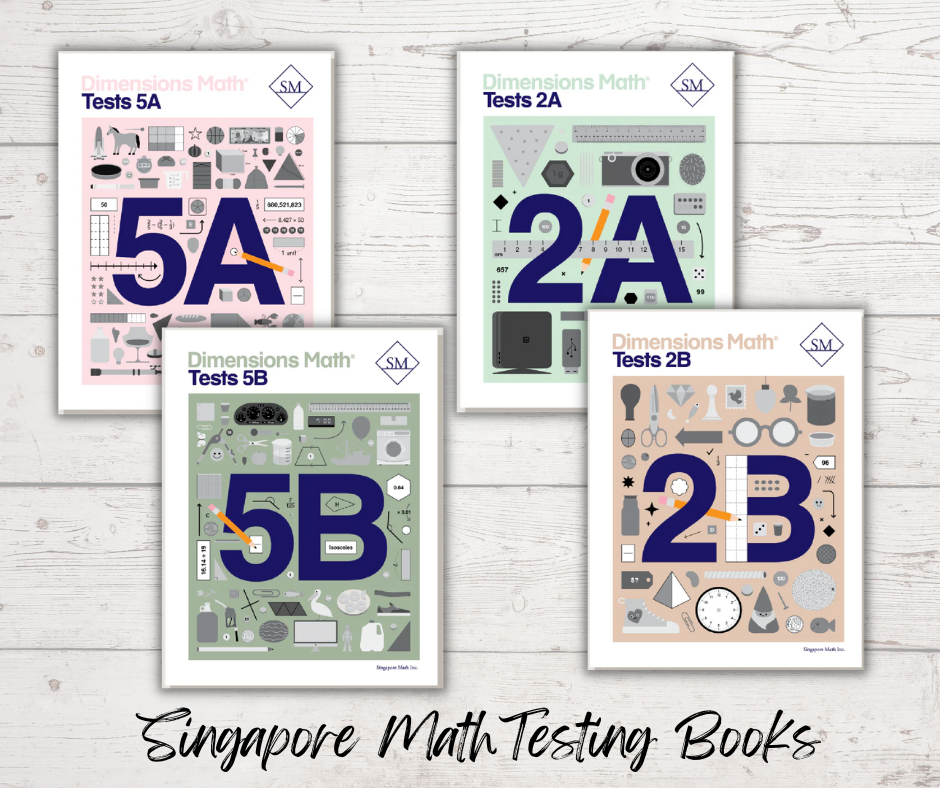If you have a curious preschooler or kindergartner at home, why not consider introducing them to some Science? My four year old always enjoyed participating in science experiments when I did them with my oldest. We once stepped out and pulled out a weed with its root to examine the parts of a plant. This same preschooler was happy to learn them, label them orally and color a picture of a plant during that activity.
I’m grateful for simple workbooks that spark interest and curiosity and make teaching easy. I’ve chosen to use Evan- Moore Workbooks to do just that with Science and Geography. I can’t tell you enough why concise and simple is sufficient and it works so well for us at this stage of learning. I’m thankful that I can introduce Science to my preschooler without overdoing it, and I’m grateful that he is curious to learn about it.
If you are looking for some simple learning outside math and language arts, here are few options for you that we have tried and love.
With that, let’s dig into what the Science workbook looks like on the inside.
How their books are structured
1. Starts with a Rhyme
Each lesson starts with a rhyme that goes to a popular nursery rhyme tune. These are so fun to do together. Yesterday, we did a lesson on magnets; the rhyme went to the tune of ‘I’m a little teapot’.
I’m a little magnet, Watch and feel
(Tune to I’m a little TeaPot)
I stick to iron, and I stick to steel
2. Includes an Experiment
Each lesson has a hands-on experiment or observation activity that you can do with your child. For example, when we learned about solid and liquid, my kid got to place a glass of water in the freezer and then observe how it turned into solid. This just blew his mind. He has seen ice before but when he performed this experiment he understood how one substance or matter can exist in many forms.
In another lesson on evaporation, he had to fill a glass and mark its level. He then had to place the glass near a window with sunlight for 24 hours and then observe the water level go down. In this lesson, we talked about how the water turned into gas and that the gas was not visible.
Today, we did a lesson on magnets, and my kid had to find ten objects that it would attract. It was fun to follow my preschooler as he walked around the house to test all the surfaces. He learned from observation that his magnet would only stick to metal items. He then got to draw his observations in the book.
You will not know what your kid can grasp until you teach it to them.
3. Workbook Activity
Lastly, each lesson ends with a short workbook activity to reinforce the learning. It may be a matching exercise, tracing new vocabulary, drawing pictures of something they observed, etc. For example, when we learned the lesson on living and non-living things — he had to take a walk outside and then draw a picture of things that he observed that where living and non-living things.
The Verdict
This book is worth the time spent with your little kiddo and it’s the simplest learnings that have lasting impressions on your child. Our favorite part of the workbook was the simple experiments that reinforce the learning. I have bought many science curricula, and sometimes it’s the simplest of them all that clicks.
Curriculum: Science from @evanmoore




